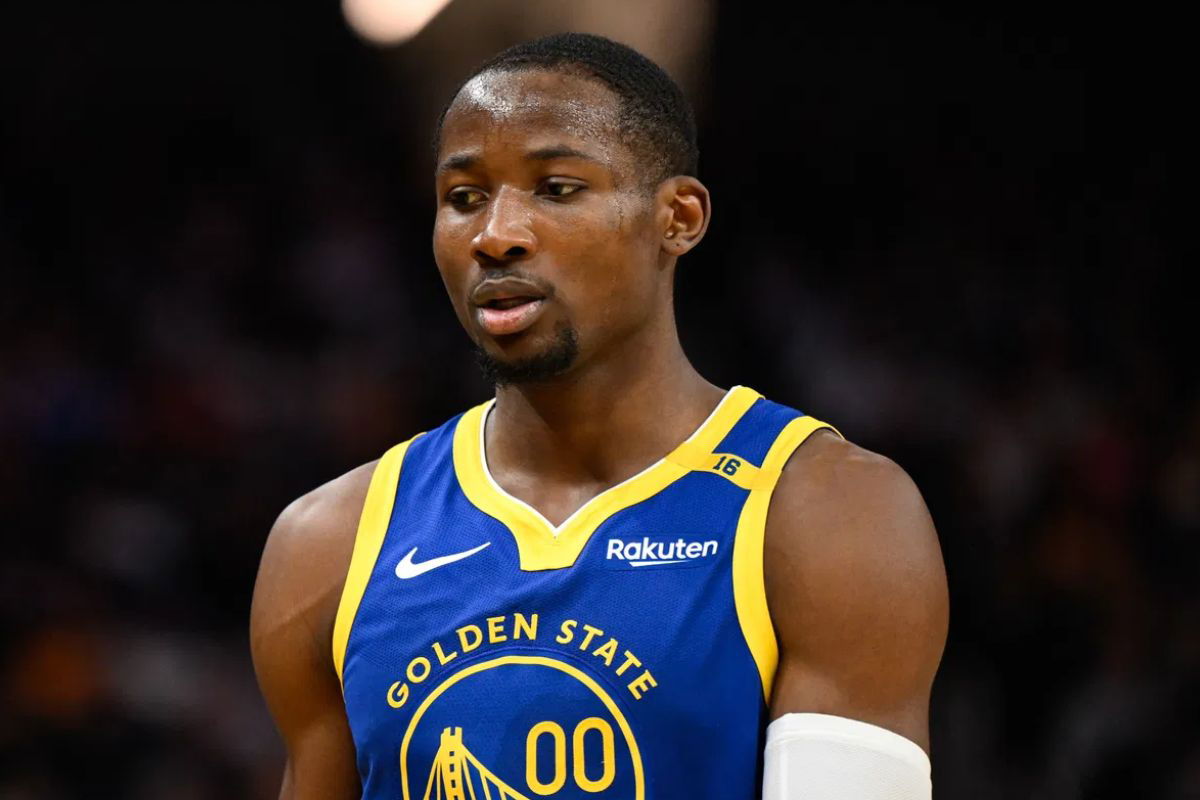
Imago
Dec 23, 2024; San Francisco, California, USA; Golden State Warriors forward Jonathan Kuminga (00) looks on against the Indiana Pacers in the third quarter at Chase Center. Mandatory Credit: Eakin Howard-Imagn Images

Imago
Dec 23, 2024; San Francisco, California, USA; Golden State Warriors forward Jonathan Kuminga (00) looks on against the Indiana Pacers in the third quarter at Chase Center. Mandatory Credit: Eakin Howard-Imagn Images
It’s nearly August, and the Warriors are yet to find a solution to the Jonathan Kuminga dilemma. The player who was once expected to become the future face of the franchise has now turned into the biggest roadblock in their title pursuit. Still unclear about Kuminga’s future, Mike Dunleavy has made zero offseason moves so far. But that doesn’t mean the GM hasn’t tried!
Watch What’s Trending Now!
Dunleavy reportedly offered the young forward a two-year $45 million contract, but Kuminga declined. The restricted free agent is seeking a much bigger number, around $25-30 million annually. The GM also received trade offers from multiple interested suitors, including the Kings and Suns. However, none intrigued him because they were not providing the desired return.
Well, the Kuminga situation is extremely complicated because there are countless variables working against the Warriors. Of course, the forward’s high salary demand and desire for a more consistent role, unlike last season, are major concerns. Then, there is also the CBA nightmare where the Warriors are aiming to avoid the dreaded second apron by trying to keep his annual salary as low as possible in case of a re-signing. As of now, they are $25 million under the first apron, but giving Kuminga that money would massively restrict other free agent signings.
ADVERTISEMENT
Even if Dunleavy tries to trade JK, the Base Year Compensation rule would not allow the GM to get decent returns. As per the rule, if Kuminga inks a new deal valued at more than 20% of his previous salary, his outgoing number in a trade would only account for 50% of his new first-year salary. This makes salary matching extremely difficult, limiting the Warriors’ options. Clearly, the Bay Area team is in quite a pickle, but here are three potential routes they can take to get out of it:
The Creative Sign-and-Trade
Well, if Kuminga truly wants out of Golden State, a sign-and-trade might be his best path forward. At 22 years old, he is a talented young player with massive potential, and teams would not hesitate to bet on him at a reasonable price. Despite his inconsistent role following Jimmy Butler’s arrival, JK averaged a solid 15.3 points and nearly five rebounds last season. Also, he proved his worth during the playoffs, filling in for an injured Stephen Curry and keeping the Timberwolves series alive.
ADVERTISEMENT
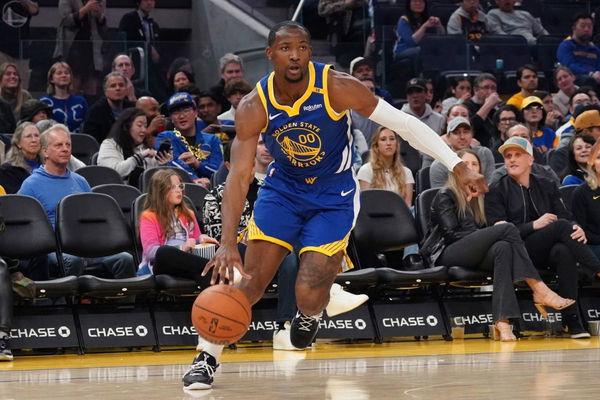
Imago
Jan 4, 2025; San Francisco, California, USA; Golden State Warriors forward Jonathan Kuminga (00) drives to the basket against the Memphis Grizzlies in the second quarter at Chase Center. Mandatory Credit: David Gonzales-Imagn Images
The only problem was, Kuminga never got a chance to maximize his potential. “I did it here and there, but it was never a consistent role, a consistent role given to me. It only happens five games on, 10 games off. I want it to be a consistent role,” he recently remarked. If given a chance, the forward believes he can become an All-Star-calibre player. Obviously, the Warriors’ core is stacked, so he is unlikely to get that opportunity there. A sign-and-trade might be his best bet.
ADVERTISEMENT
Per reports, the Kings and Suns have made serious efforts to sign him, even offering a four-year $90 million deal. That’s way more than what the Warriors are willing to pay him. Along with it comes the opportunity to be a permanent starter, a role that JK has been craving throughout his career. But what’s in it for the Warriors? For starters, they finally put an end to this prolonged dilemma that has consumed their offseason.
Also, if they find a suitor who has enough cap space to absorb Kuminga’s new salary without having to shed massive contracts in a trade, it would help Dunleavy overcome the Base Year Compensation restriction. The GM can then acquire a lower-salaried plug-and-play player who immediately helps the Warriors’ system, along with some draft capital to secure the team’s future. To make it work, the front office would have to be creative and find the perfect suitors for a sign-and-trade.
Top Stories
Marina Mabrey Is Raising Eyebrows Again With Fiery Unrivaled Confrontation
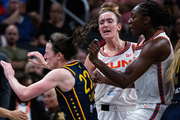
Kyrie Irving Breaks Silence After Injury Return Update Emerges
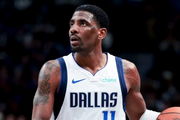
Is Anthony Davis Playing Tonight? Mavericks vs Kings Latest Injury Report (Jan 6)
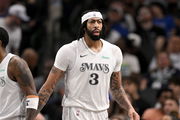
Unrivaled Commissioner Makes His Opinion on Paige Bueckers Very Clear

Napheesa Collier Gives WNBA Fans Good Reason To Be Excited About Delayed CBA Conversations
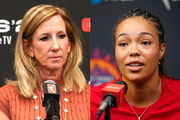
ADVERTISEMENT
The Mid-Season Trade Play
Under the current circumstances, this is the best-case scenario for the Warriors. The path would be to bring Kuminga back on a two-year deal that keeps them under the tax apron and hope that he ups his stock next season with his performance. That would allow the front office to look for trade options during the February deadline, when they will no longer be restricted by the Base Year Compensation rule and would be able to account for JK’s full salary in an exchange.
Moreover, the Dubs need a player on a $20-25 million annual salary range so that they can leverage his contract if a bigger fish becomes available in the market. As of now, only Steph, Butler, and Draymond are on lucrative deals, and other tradable players might not be enough to pursue a superstar. It’s no secret that Giannis Antetokounmpo is on their radar amid his uncertain Bucks future. If he eventually decides to leave Milwaukee, offering Kuminga in a trade could lure the Bucks to make a mid-season deal.
For this option to work, both parties would have to make major sacrifices. Kuminga would have to settle for lower than his desired number and trust the Warriors to make the right call in February. Meanwhile, investing $40-45 million on JK would be a massive risk for the Warriors, as his stock could further plummet if he continues to be dissatisfied and is unable to play at a high level. Giving him a more consistent role alongside Jimmy and Steph would give Jonathan the best chance to prove his mettle.
ADVERTISEMENT
Well, Jonathan Kuminga is clearly not afraid to “bet on himself” as he claimed in his recent IG post. If he does have a breakout season next year, it would open several doors to skyrocket his career. A potential max offer could be on the table a couple of years down the line, either with the Warriors or somewhere else.
The Transition and Escalation Deal
This might be the wildest option of them all, but it’s definitely not impossible. Now that Kuminga has declined the Warriors’ two-year offer, they can consider offering him a long-term deal in the range of three years, $65-75 million. But there is a catch. Instead of a consistent annual division, Kuminga would start with a lower base salary, which would then increase gradually each year. For example, if he inks a three-year $72 million deal, this would be the yearly breakdown:
ADVERTISEMENT
| Year | Salary |
| 2025-26 | $22 million |
| 2026-27 | $24 million |
| 2027-28 | $26 million |
For the Warriors, it would not hurt their pockets right away, as they would still be paying the forward only $22 million next season. Meanwhile, JK would get closer to his desired number, with $24 million average annual salary. If things go right and Kuminga is able to skyrocket into stardom in these three years, he could be eligible for a max contract at the age of 25, right on the cusp of his prime.
Moreover, Warriors would be financially flexible to offer him a more lucrative deal then because 2026-27 would mark the end of Stephen Curry’s current contract. Although it’s not certain, Steph could consider retirement and not re-sign as he would be 39 years old. That means better chances for Jonathan Kuminga to secure a bag.
ADVERTISEMENT
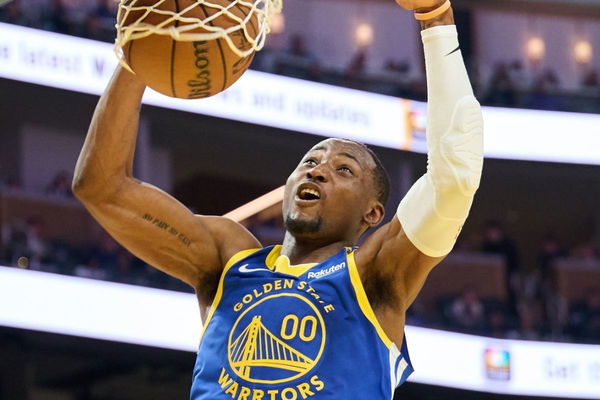
USA Today via Reuters
USA Today Network Via Imagn Images
Of course, the biggest challenge here would be Kuminga’s willingness to stay in Golden State. He is clearly not pleased with his current role and aims to be on a team that can rely on him. For this to happen, JK would have to show constant year-on-year improvement and prove that he is worth the money he has been offered. Also, he would have to find a role that satisfies him; otherwise, he could face the same issues he did last season and further hurt his stock.
ADVERTISEMENT
A Win-Win Situation is Hard to Find for Warriors and Jonathan Kuminga
While there are multiple routes the Warriors can take, none truly provides a win-win solution. At this stage, both parties need to make some sacrifices to make things work and hope that the risk pays off. For the Warriors, their only aim would be to not get stuck in the ‘doomsday scenario’ where Kuminga returns on a $7.9 million qualifying offer.
Although it will significantly reduce their salary burden for next season, Dunleavy will not be able to trade him, and when the forward leaves next summer as an unrestricted free agent, the Warriors would get nothing in return. Losing a former top-ten pick in the draft for nothing could be disastrous for the franchise’s future. All signs are hinting toward Jonathan Kuminga returning as a Warrior next season, and Dunleavy needs to make sure that happens on a new contract instead of a qualifying offer. Do you think the GM can pull it off?
ADVERTISEMENT
ADVERTISEMENT
ADVERTISEMENT

